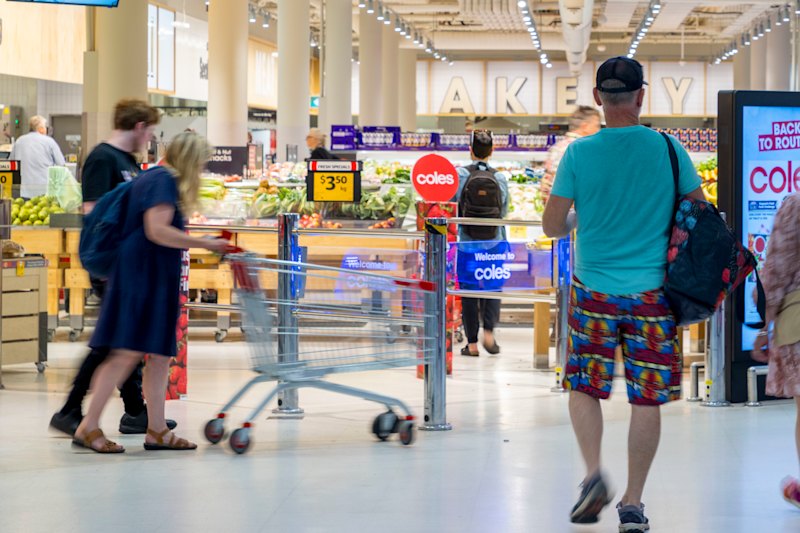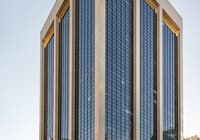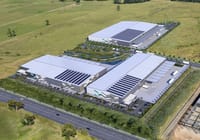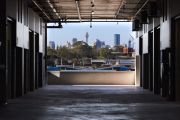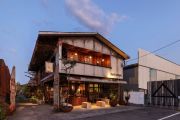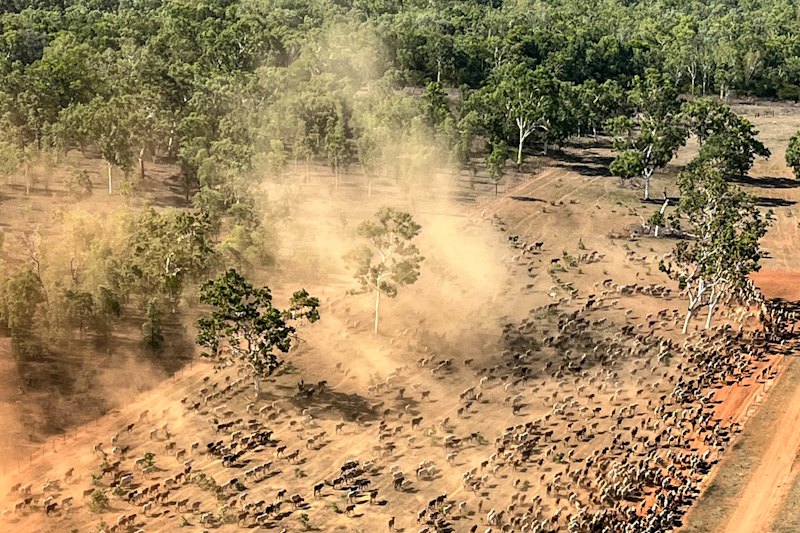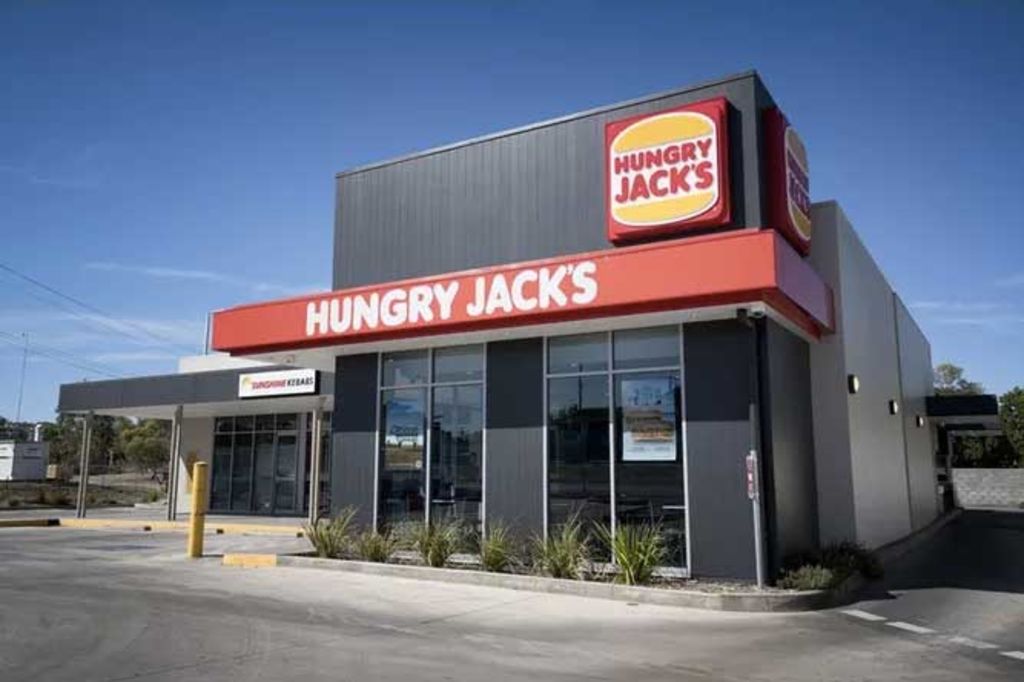
Why are investors upsizing commercial portfolios with fast-food retail?
Anybody who says fast food is bad for you has probably never invested in it as a property class.
On large, high profile sites, occupied by “brand name” tenants who are responsible for ongoing building costs – the fast food asset class might be the real estate industry’s version of a value deal
According to agents, many investors make fast food assets their only commercial property investment. Many, regular bidders, particularly for prime suburban sites, have portfolios with three or more restaurants.
City, coast or country, you’ll need about $2 million to buy an investment grade asset, according to Burgess Rawson’s Simon Staddon, a director at the group’s Sydney office. With the rare exception, the most valuable fast food-occupied assets sell for up to the $5 million mark.
 Nuggets of gold – fast food is hotting up as an investor favourite. Photo: Mark Duncan
Nuggets of gold – fast food is hotting up as an investor favourite. Photo: Mark Duncan
This price point appeals to what Mr Staddon calls a sweet spot in the investor market filled, amongst others, with mum and dad investors, able to unlock home equity and superannuation; and high net worth individuals, amongst them, increasingly, from offshore.
In August a syndicate of Asian investors bought an Altona North KFC outlet in Melbourne for $5 million, a deal which reflected a competitive yield of 3.7 per cent.
Bigger landlords are in on the game too. Last October, Brisbane based investment house Sentinal Property Group sold a KFC outlet at its Menai Central outlet in Sydney’s south for more than $3 million.
“At the entry level $2 million price point, the annual rent of a fast food outlet would be just under $100,000, which translates to a yield of nearly 5 per cent,” Mr Staddon said
Ten years ago (and like other commercial property classes which demand 5 per cent returns today) – the average market yield was upward of 7.5 per cent. So a $2 million asset today would have sold for about $1.3 million
Mr Staddon said fast food retail attracts investors for several reasons, chief amongst them that they are located on large sites which could provide future alternate uses.
Most assets are on long term leases with wealthy, financially secure restaurant operators. The industry is not known for restaurants regularly vacating their sites. The fast food sector is one to have proven to weather the storm of recent economic downturns and recessions, Mr Staddon added.
 Up to 80 per cent of business at some restaurants is via the drive-through. Photo: Kylie Pickett
Up to 80 per cent of business at some restaurants is via the drive-through. Photo: Kylie Pickett
Indeed, a growing number of fast food retailers such as Red Rooster are embracing home delivery, via apps like Menulog – which suggests the most profitable years of some businesses, might be ahead of them (the veteran fast food restaurant agent points out that up to 80 per cent of business at some restaurants is via the drive-through, where customers don’t get out of their car).
As is the case with many commercial leases, the tenant of a fast food restaurant is responsible for the property’s ongoing costs and day to day management of the business.
Frank Vinci, a director with Melbourne based agency Vinci Carbone, which represents buyers as well as sellers, said competing asset classes in this price range include all categories of commercial property, like factories, shops, showrooms and offices.
“However the stand out competition at the moment is probably coming from childcare centre assets”.
“Given the lack of stock against the extremely high pent up demand in the current market place, buyers are changing their views on what is a good and bad investment,” Mr Vinci said. “In the past fast food assets weren’t seen as a preferred investment class however this has changed due to the lack of equilibria between demand and supply.”
“Fast food assets are generally regarded as being safe investments however in many cases the value is tied into the tenant and lease tenure rather than the underlying value of the land. When acting for buyers we also look out for properties that have a range of alternative uses and hence a high land value component.”

